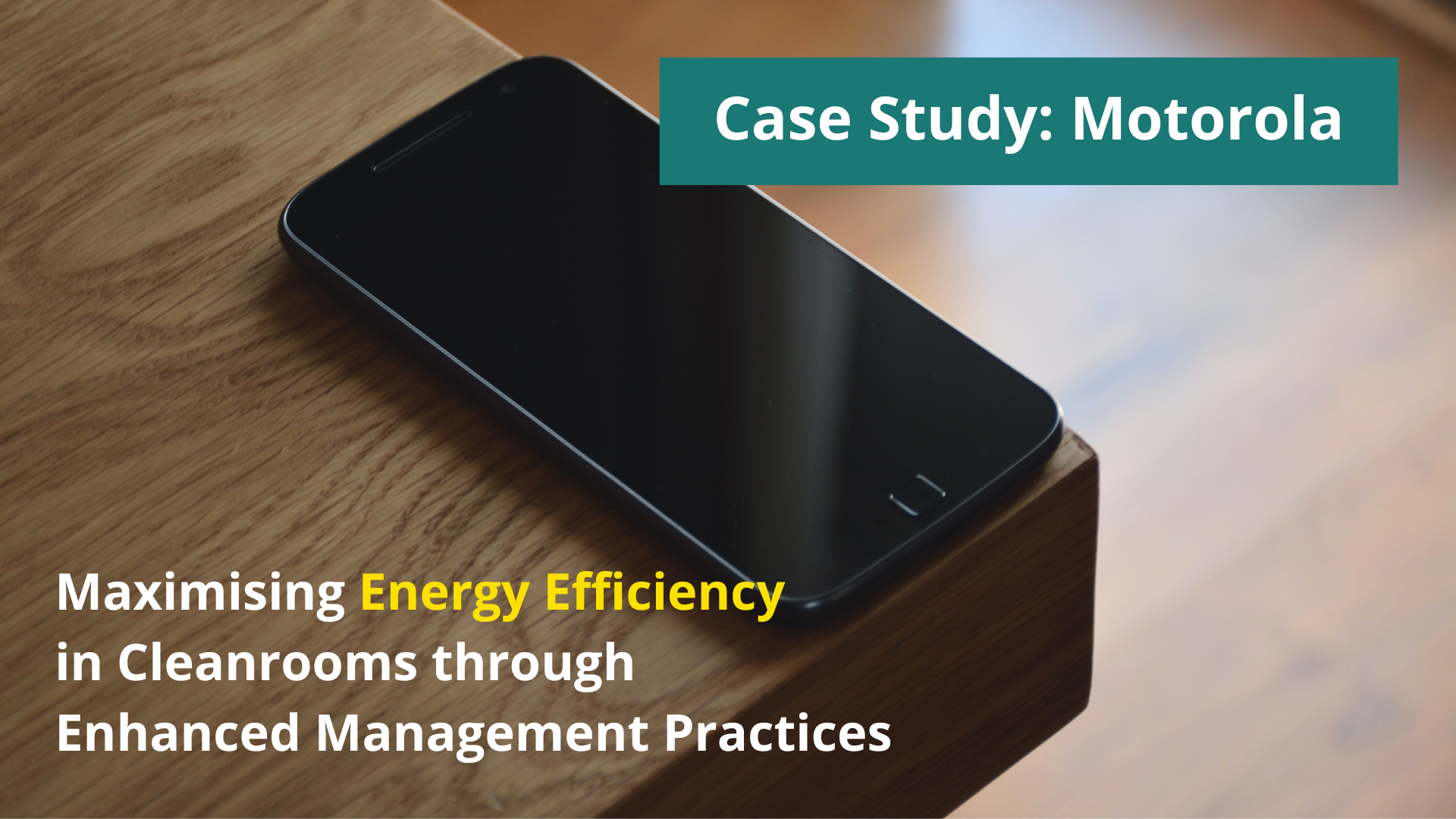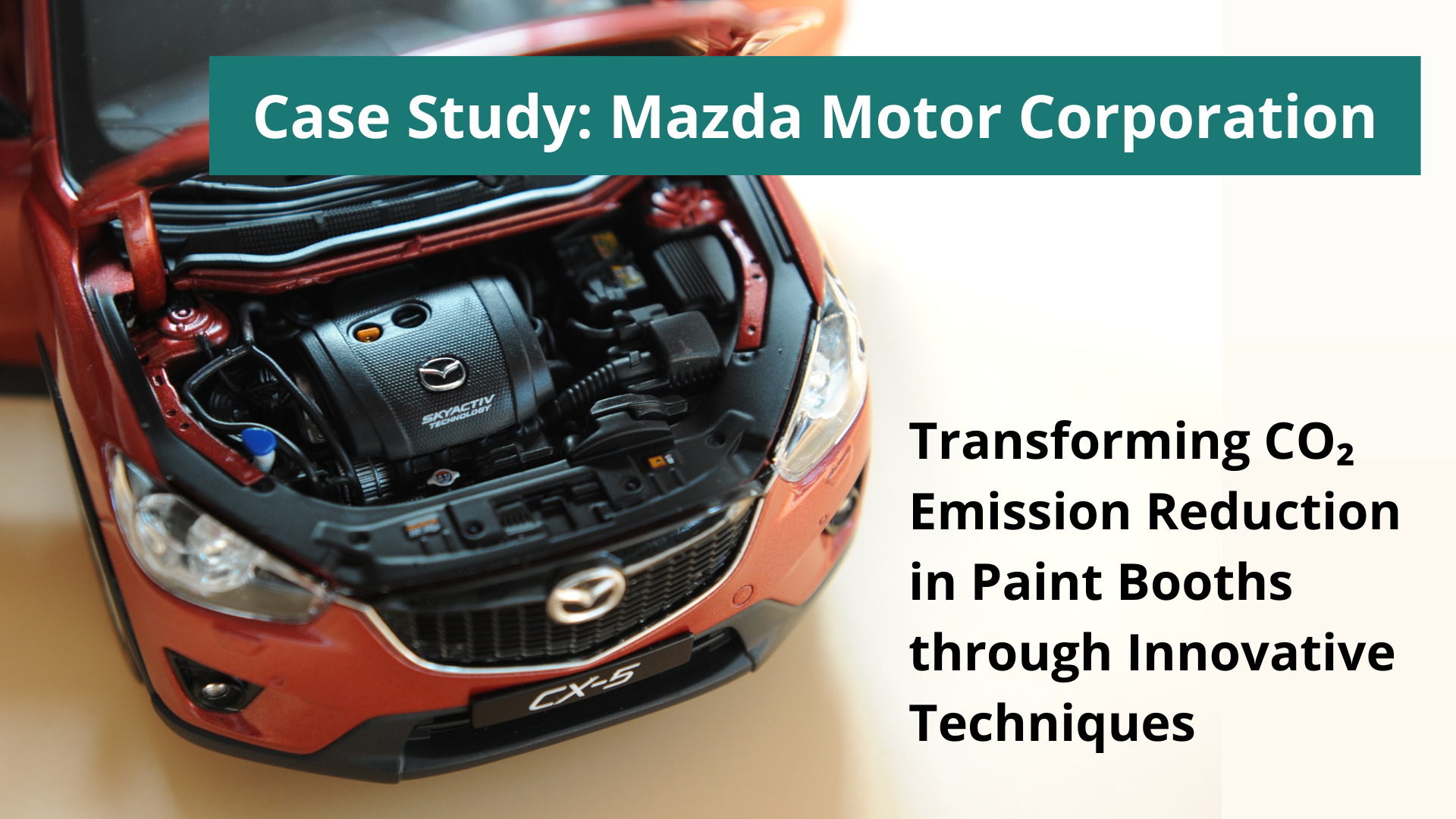
One of the critical questions you may ask yourself or the expert creating your quality management system is about the various types of documentation involved in the whole system.
There are few main document types within a standard QMS: Policy, Process, Procedure, and Work Instruction (sometimes called SOP – Standard Operation Procedure). Those documents define the system rules and requirements. At the bottom of the document pyramid, you can also find forms and templates. They are used during processes realisation to ensure the correct execution.
If you’re creating these documents in-house, you might have trouble deciding which information should be present in which type of document. If that’s the case in your QMS, keep reading.
Policy
The policy is the first in a QMS and details the company’s strategic direction and rules set by the senior management. The policy does not give any detailed direction on how this vision or strategy is going to be executed. In simpler terms, the policy statements spell out the rules, rather than the actions taken to implement them, therefore it usually contains statements such as ‘we shall’ and ‘we shall not’.
Policies should be written in clear and simple language. As they reflect general rules – they are not changed or updated very often. Rules set in policies shall be reflected in the implementation of processes.
Process
After the policies, we come to the process documents. As per the ISO definition, process refers to inter-related activities that produce outputs from inputs. The process is a sequence of activities with a realisation order in time, which converts a given input into an output (e.g. result, document or product).
The process document highlights tasks needed to be performed and the business objectives that need to be accomplished. It doesn’t state the methodologies needed to fulfil the goals (it focuses on what needs to be done, rather than how to do it). If it is required to describe how it has to be accomplished – the explanation shall be given in a procedure.
Processes operate at a high level and are not limited to a specific function or department. The process may contain procedures, some processes may have associated one or several procedures, but not all processes need to have a procedure.
Procedure
The third document in the system is the procedure document. As defined by ISO, a procedure is a “specified way of carrying out an activity or a process”. As the name suggests, the procedure outlines how to perform a particular process. Actions such as filing registers, templates and forms, or more specifically, how employees should do their jobs are contained in the procedure.
Since procedures represent the implementation of policy and process, they should be reviewed regularly and evolve as new tools emerge, risks associated with an area change or in response to internal or external changes. The number of procedures in a process is related to the complexity of a process—usually the more complex the process, the more procedures it will have.
Procedures are specific documents, zoomed-in pictures with a relatively high level of detail. For this reason, they are not intended to see the big picture or the end-to-end process. Whereas processes are zoomed out or panoramic images that show the entire picture and highlight what is essential about the business. The function of the procedure is to add a lot of information and details to the picture without worrying about the background.
Work Instruction or Standard Operating Procedure
The fourth document in the QMS document pyramid is called the Work Instruction or Standard Operating Procedure (SOP). The document explains how to perform a specific task in the process. Those documents will clearly and precisely describe the correct way to perform certain tasks. The work instructions are used to describe how to perform a specific operation or task associated with a job. Work Instructions are mandatory to be followed. If activities to perform a task are not mandatory, we would be talking about Work Guidelines.
Differences between types of documents in the QMS
| Policy | Process | Procedure | Work Instruction | |
| Definition | Top-level document translating strategic direction into the organisation as decided by senior management | The sequence of activities that transform inputs to outputs | Specified way to carry out an activity, a process or a part of the process | Specified way to carry out single task or operation |
| What document describes | Describe what is the general direction and rule, set of rules made by the organisation for rational decision making, address what is the rule rather than how to implement the rule | Encapsulate activities, describe what needs to be done, by whom, where it takes place when it happens. Focuses on what needs to be accomplished, but not how to do it | Describe the specific way of how the work needs to be performed and why | Describe the way of how to accomplish a specific task within the process with detailed directions |
| Relations to other documents | Superior to other documents | Can respond to none, one or more procedures | May consist none, one or more work instructions, represent an implementation of policy and process | Focus on the instruction of a single task |
| Boundaries | Concerns the whole business | Transversal by business unit | Cross-functional or only one business unit or department | Only one business unit |
| Involved functions | Concerns to all roles | Participate in more than one role | Participate in more than one role | Participate in only one role |
| Level of details | No details, just a rule, no direction on how this vision or strategy is going to be executed | Zoomed out the big picture, low level of details | Zoomed in the picture, higher level of details | Very high level of details |
If you’re looking for an external quality management specialist then contact us at EQM Consult. We’re a boutique firm specialising in environmental management systems and quality management systems. We will help your business comply with ISO 9001, AS 9100 and ISO 14001 standards. You can check our website for more information about the services, or contact us for a consultation.


Ph.D. Beata Paliwoda
Founder and Owner of EQM. Environmental and quality consultant and auditor. Professional career built in Quality Assurance departments in various companies from the automotive, aerospace, railway industries, as well as a management systems consultant. Successfully completed many complex projects related to the implementation of management systems, process improvements and business transformation. Auditor of ISO 9001, ISO 14001, AS 9100, project manager of APM, lecturer at the Poznan University of Business and Economics, researcher on the effectiveness of EMS and QMS in organisations.





